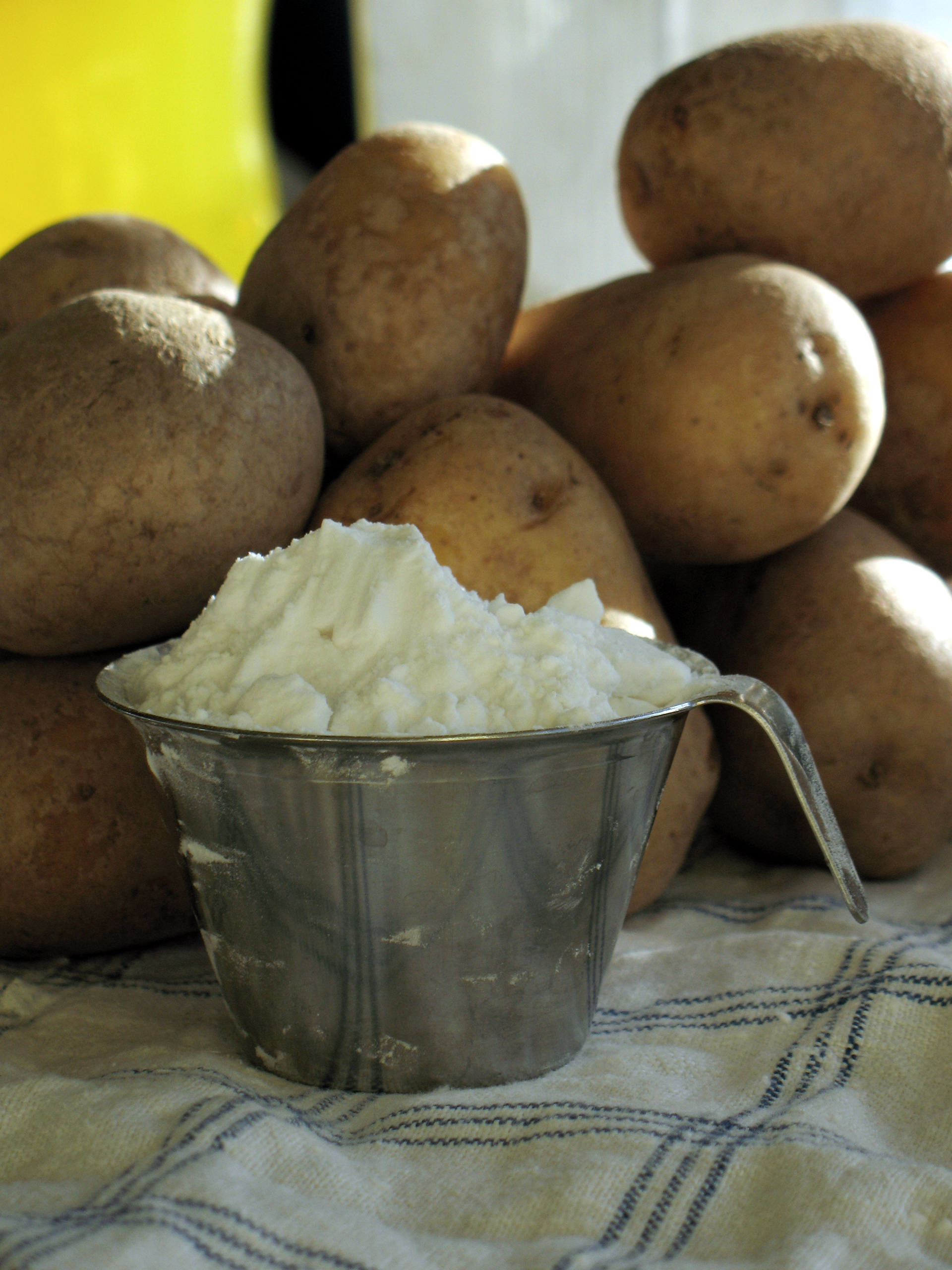|
Botan Rice Candy
Botan Rice Candy is a specific brand of a category of Japanese candy called bontan ame (ボンタンアメ). Bontan ame are soft, chewy, citrus-flavored candy with an outer layer of rice paper or Oblaat. The rice paper is clear and plastic-like when dry, but it is edible and dissolves in the mouth. This candy was invented by Seika Foods in 1924. During this period, more and more Western-style sweets were becoming popular in Japanese society, and the appearance of this type of candy is intentionally similar to Western-style caramel candies. In Japan, these candies are sold as Dagashi, cheap candies and snacks marketed to Japanese schoolchildren, and are often in small sizes with bright colorful packaging with stickers or prizes included. ''Bontan'' (ボンタン) is a variant spelling of ''buntan'' (ブンタン), the Japanese word for Pomelo, which is commonly used as a flavor. Botan Rice Candy The specific brand Botan Rice Candy is an iconic export whose packaging for the Ameri ... [...More Info...] [...Related Items...] OR: [Wikipedia] [Google] [Baidu] |
Flavoring
A flavoring (or flavouring), also known as flavor (or flavour) or flavorant, is a food additive used to improve the taste or smell of food. It changes the perceptual impression of food as determined primarily by the chemoreceptors of the gustatory and olfactory systems. Along with additives, other components like sugars determine the taste of food. A flavoring is defined as a substance that gives another substance taste, altering the characteristics of the solute, causing it to become sweet, sour, tangy, etc. Although the term, in common language, denotes the combined chemical sensations of taste and smell, the same term is used in the fragrance and flavors industry to refer to edible chemicals and extracts that alter the flavor of food and food products through the sense of smell. Owing to the high cost, or unavailability of natural flavor extracts, most commercial flavorings are "nature-identical", which means that they are the chemical equivalent of natural flavors, bu ... [...More Info...] [...Related Items...] OR: [Wikipedia] [Google] [Baidu] |
Brand Name Confectionery
A brand is a name, term, design, symbol or any other feature that distinguishes one seller's good or service from those of other sellers. Brands are used in business, marketing, and advertising for recognition and, importantly, to create and store value as brand equity for the object identified, to the benefit of the brand's customers, its owners and shareholders. Brand names are sometimes distinguished from generic or store brands. The practice of branding - in the original literal sense of marking by burning - is thought to have begun with the ancient Egyptians, who are known to have engaged in livestock branding as early as 2,700 BCE. Branding was used to differentiate one person's cattle from another's by means of a distinctive symbol burned into the animal's skin with a hot branding iron. If a person stole any of the cattle, anyone else who saw the symbol could deduce the actual owner. The term has been extended to mean a strategic personality for a product or compa ... [...More Info...] [...Related Items...] OR: [Wikipedia] [Google] [Baidu] |
Dango
is a Japanese dumpling made from rice flour mixed with uruchi rice flour and glutinous rice flour. It is different from the method of making mochi, which is made after steaming glutinous rice. ''Dango'' is usually finished round shaped, three to five ''dango'' are often served on a skewer (skewered ''dango'' pieces called ). Generally, ''dango'' comes under the category of wagashi, and is often served with green tea. It is eaten year-round, but the different varieties are traditionally eaten in given seasons. Types The many different varieties of ''dango'' are usually named after the various seasonings served on or with it. Popular dango * is commonly covered with sweetened red bean paste; ingredients other than '' azuki'' are used on rare occasions. Other toppings for anko include made from edamame paste and kurumi (walnut) paste. * is green tea (matcha) flavored ''dango''. * is a kind of baked dango (), and is seasoned with soy sauce. Furthermore, the one wrapped wi ... [...More Info...] [...Related Items...] OR: [Wikipedia] [Google] [Baidu] |
Hyōroku Mochi
is a candy which is made and sold by Seika Foods in Kagoshima. Similar to a rice cake, it is made of maltose starch syrup, nori, powdered green tea, soybean flour, and white bean paste. It is shaped into a small cube and wrapped in a thin film of edible starch. Hyōrokumochi can be bought at stores throughout Kyushu. History In 1931, Kagoshima Seika, the predecessor of Seika Foods, started to sell these candy. Hyōrokumochi was named after ''Ōishi Hyōroku Yumemonogatari'', a Kagoshima book written by Japanese writer Mōri Masanao. On the box, there is the picture of a young soldier from Kagoshima wearing a fundoshi, the traditional Japanese undergarment for adult males, made from a length of cotton. At first the company was unable to obtain permission for the packet because the man's bottom is bare. However Seika Foods insisted that the fundoshi hides everything that needs to be hidden, and so permission was granted. It is currently imported to North America from Japan by JF ... [...More Info...] [...Related Items...] OR: [Wikipedia] [Google] [Baidu] |
Japanese Candy BontanAme001
Japanese may refer to: * Something from or related to Japan, an island country in East Asia * Japanese language, spoken mainly in Japan * Japanese people, the ethnic group that identifies with Japan through ancestry or culture ** Japanese diaspora, Japanese emigrants and their descendants around the world * Japanese citizens, nationals of Japan under Japanese nationality law ** Foreign-born Japanese, naturalized citizens of Japan * Japanese writing system, consisting of kanji and kana * Japanese cuisine, the food and food culture of Japan See also * List of Japanese people * * Japonica (other) * Japonicum * Japonicus * Japanese studies Japanese studies ( Japanese: ) or Japan studies (sometimes Japanology in Europe), is a sub-field of area studies or East Asian studies involved in social sciences and humanities research on Japan. It incorporates fields such as the study of Japane ... {{disambiguation Language and nationality disambiguation pages ... [...More Info...] [...Related Items...] OR: [Wikipedia] [Google] [Baidu] |
Lecithin
Lecithin (, from the Greek ''lekithos'' "yolk") is a generic term to designate any group of yellow-brownish fatty substances occurring in animal and plant tissues which are amphiphilic – they attract both water and fatty substances (and so are both hydrophilic and lipophilic), and are used for smoothing food textures, emulsifying, homogenizing liquid mixtures, and repelling sticking materials. Lecithins are mixtures of glycerophospholipids including phosphatidylcholine, phosphatidylethanolamine, phosphatidylinositol, phosphatidylserine, and phosphatidic acid. Lecithin was first isolated in 1845 by the French chemist and pharmacist Théodore Gobley. In 1850, he named the phosphatidylcholine ''lécithine''. Gobley originally isolated lecithin from egg yolk – λέκιθος ''(lekithos)'' is "egg yolk" in Ancient Greek – and established the complete chemical formula of phosphatidylcholine in 1874; in between, he demonstrated the presence of lecithin in a variety of biolo ... [...More Info...] [...Related Items...] OR: [Wikipedia] [Google] [Baidu] |
Rapeseed Oil
Close-up of canola blooms Canola flower Rapeseed oil is one of the oldest known vegetable oils. There are both edible and industrial forms produced from rapeseed, the seed of several cultivars of the plant family Brassicaceae. Historically, it was eaten in limited quantities due to high levels of erucic acid, which is damaging to the cardiac muscle of animals and imparts a bitter taste, and glucosinolates, which made it less nutritious in animal feed. Rapeseed oil can contain up to 54% erucic acid. Canola oil is a food-grade version derived from rapeseed cultivars bred for low erucic acid content. Also known as low erucic acid rapeseed (LEAR) oil, it has been generally recognized as safe by the United States Food and Drug Administration. Canola oil is limited by government regulation to a maximum of 2% erucic acid by weight in the US and the EU, with special regulations for infant food. These low levels of erucic acid do not cause harm in humans. In commerce, non-food var ... [...More Info...] [...Related Items...] OR: [Wikipedia] [Google] [Baidu] |
Potato Starch
Potato starch is starch extracted from potatoes. The cells of the root tubers of the potato plant contain leucoplasts (starch grains). To extract the starch, the potatoes are crushed, and the starch grains are released from the destroyed cells. The starch is then left to settle out of solution or separated by hydrocyclones, then dried to powder. Potato starch contains typical large oval spherical granules ranging in size from 5 to 100 μm. Potato starch is a refined starch, containing minimal protein or fat. This gives the powder a clear white colour, and the cooked starch typical characteristics of neutral taste, good clarity, high binding strength, long texture, and minimal tendency to foaming or yellowing of the solution. Potato starch contains approximately 800 ppm phosphate bound to the starch; this increases the viscosity and gives the solution a slightly anionic character, a low gelatinisation temperature of approximately , and high swelling power. These propertie ... [...More Info...] [...Related Items...] OR: [Wikipedia] [Google] [Baidu] |
Glutinous Rice
Glutinous rice ('' Oryza sativa var. glutinosa''; also called sticky rice, sweet rice or waxy rice) is a type of rice grown mainly in Southeast and East Asia, and the northeastern regions of South Asia, which has opaque grains, very low amylose content, and is especially sticky when cooked. It is widely consumed across Asia. It is called glutinous ( la, glūtinōsus) in the sense of being glue-like or sticky, and not in the sense of containing gluten (which it does not). While often called ''sticky rice'', it differs from non-glutinous strains of japonica rice which also become sticky to some degree when cooked. There are numerous cultivars of glutinous rice, which include ''japonica'', ''indica'' and ''tropical japonica'' strains. History In China, glutinous rice has been grown for at least 2,000 years. However, researchers believe that glutinous rice distribution appears to have been culturally influenced and closely associated with the early southward migration and ... [...More Info...] [...Related Items...] OR: [Wikipedia] [Google] [Baidu] |
Corn Syrup
Corn syrup is a food syrup which is made from the starch of corn (called maize in many countries) and contains varying amounts of sugars: glucose, maltose and higher oligosaccharides, depending on the grade. Corn syrup is used in foods to soften Food texture, texture, add volume, prevent crystallization of sugar, and enhance flavor. Corn syrup is not the same as from high-fructose corn syrup (HFCS), which is manufactured from corn syrup by converting a large proportion of its glucose into fructose using the enzyme xylose isomerase, D-xylose isomerase, thus producing a sweeter substance. The more general term glucose syrup is often used synonymously with corn syrup, since glucose syrup in the United States is most commonly made from corn starch. Technically, glucose syrup is any liquid starch hydrolysis, hydrolysate of mono-, di-, and higher-saccharides and can be made from any source of starch: wheat, tapioca and potatoes are the most common other sources. Commercial preparatio ... [...More Info...] [...Related Items...] OR: [Wikipedia] [Google] [Baidu] |


.jpg)



.jpg)
